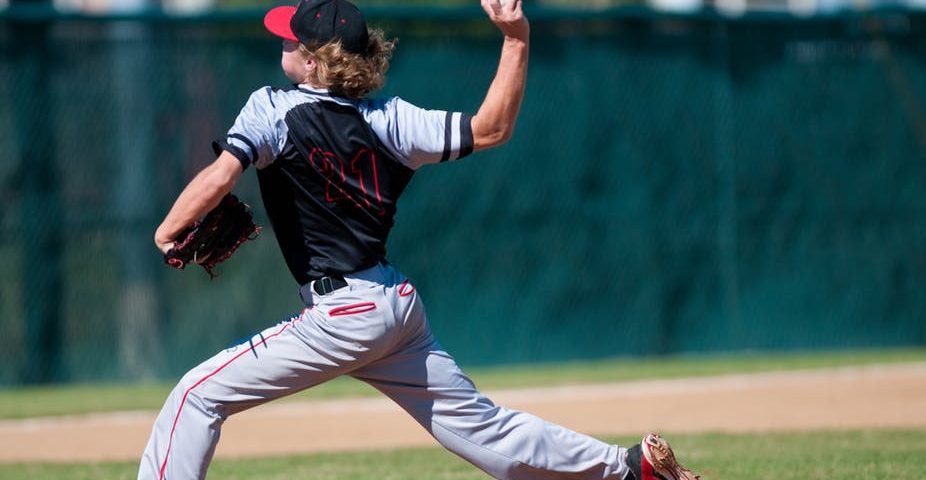
What Is Stress?
January 12, 2020
Exercise & Movement – Tips for Patients with Lymphoedema
January 26, 2020When we look at someone walking, we can all appreciate that due to vast variety of individual possibilities, there must be no standardized ‘normal’ way to walk. Motion of the shoulder has a vast array of possibilities and must be seen through the same lens, there is no one-rule for all.
Much like a language, the depth, quality and diversity of how we move directly influences the relationships throughout our structure. Focusing on the connection between the upper limb hand and wrist, and the rest of the human structure, our aim through rehabilitation and athletic performance should be to create high level coordination throughout the kinetic chain, developing the ability to both generate explosive power and a more passive rhythm of motion from the upper limb through to the trunk and lower limbs and vice versa. When we take current injury rehabilitation and sports performance strategies, often I feel that there is insufficiently contextualised challenges that build up coordination, proprioception, strength, balance and full spectrum joint range of motion to allow the development of all elements of the multi-system involvement in shoulder motion.
There are many ways to approach the reconditioning of a shoulder complex. The idea that we can rehabilitate shoulder pain through traditional specific muscle activated motor control drills has little to no evidence of long term benefits. Engrained motor patterns are not easily changed by conscious control such as commonly applied muscle activation drills. To compound issues further, there is little biological plausibility in this approach when it comes to any functional carry over in real world movement situations. Higher-order structures within the brain and the central nervous system have a propensity for movement synergy rather than that of individual muscle control. The same argument has been in regard to spinal stability, that no single muscle plays a dominant role in the process of spinal stability and that the contribution of individual spring-like guide wires constantly change and adapt depending on the movement based task at hand.
I believe that the same may well be said for the scapula and the shoulder complex.
The scapula itself is suspended on the thorax through 17 muscles and one small boney joint connection to the rest of the skeleton through the clavicle. If we think of the scapula as a suspended structure that transfers loads from the upper limb to the axial skeleton, it can be viewed similarly to a bicycle wheel. In this analogy, the scapula is a mobile centre of a bicycle wheel and the spokes are the musculature that suspend the scapula within the surrounding musculotendinous web. Instead of looking at the scapula as a stability orientated structure, we should appreciate that the innate elastic properties and stiffness of the muscular strictures in which the scapula resides on the thorax, enables this sling-like muscular connection to facilitate the absorption and transfer of kinetic energy throughout the entire structure from upper to lower limb. The overall role of the scapula is to transfer power and be suitably conditioned for high quality coordinated motion, maximizing the overall degrees of freedom needed to place the hand in space.
Most injuries require an integrated perspective of how the injured area is related to other potentially problematic areas within our structure. For example, understanding that a restricted ankle can affect the shoulder through the effect that a stiff ankle may have on how we walk. The shoulder needs to be understood as a huge area of elastic potential, not as an area that must be stabilized or made more rigid. Through the understanding of how our shoulder has evolved and why, we should therefore adapt rehabilitation and sports performance strategies to reflect this.
Dr. Kris R.



1 Comment
How does one begin to train the central nervous system and scapula for long term control? Is there a way I could contact you about working with you or is there anywhere you suggest me looking to start research on the matter?